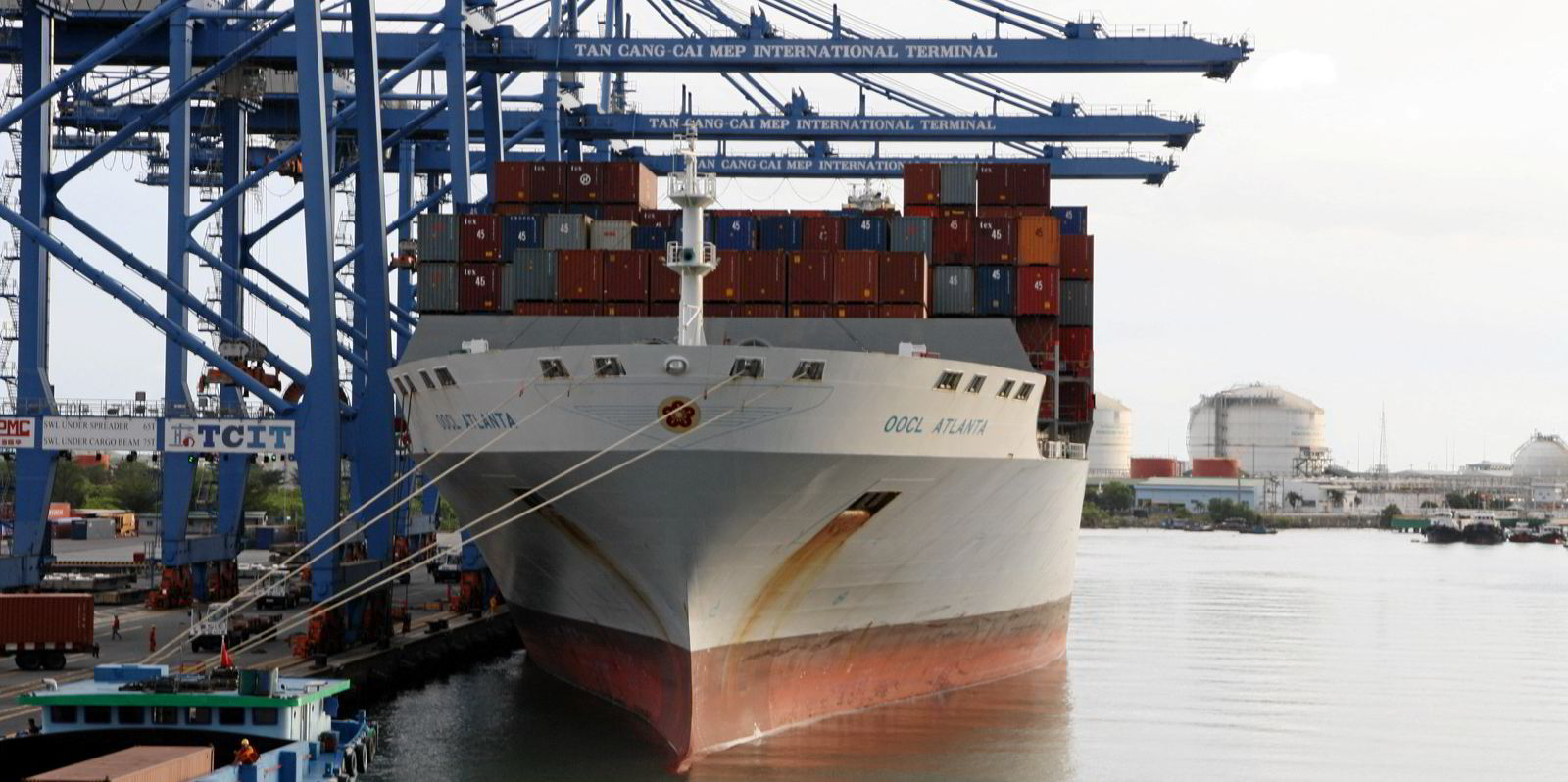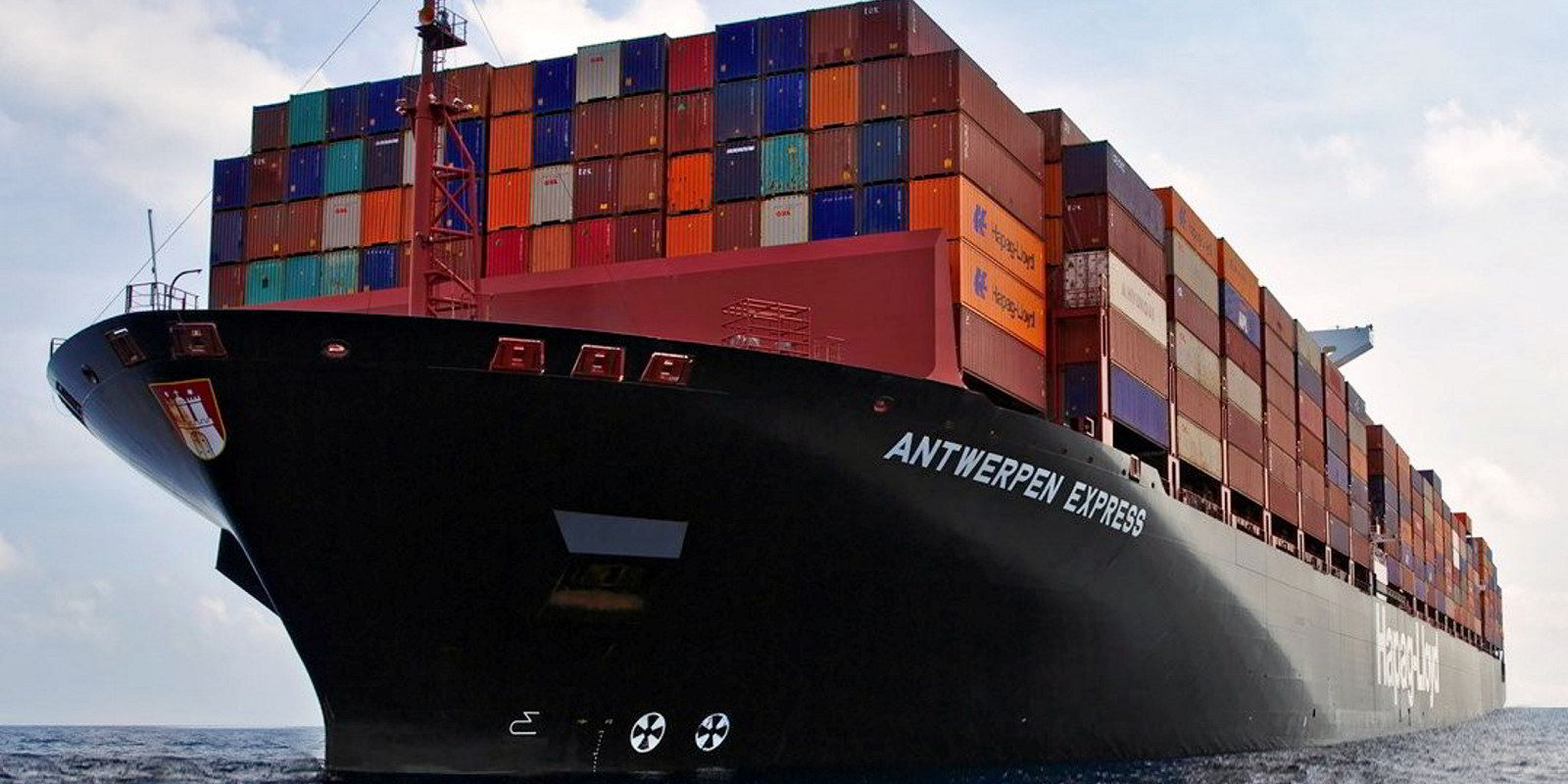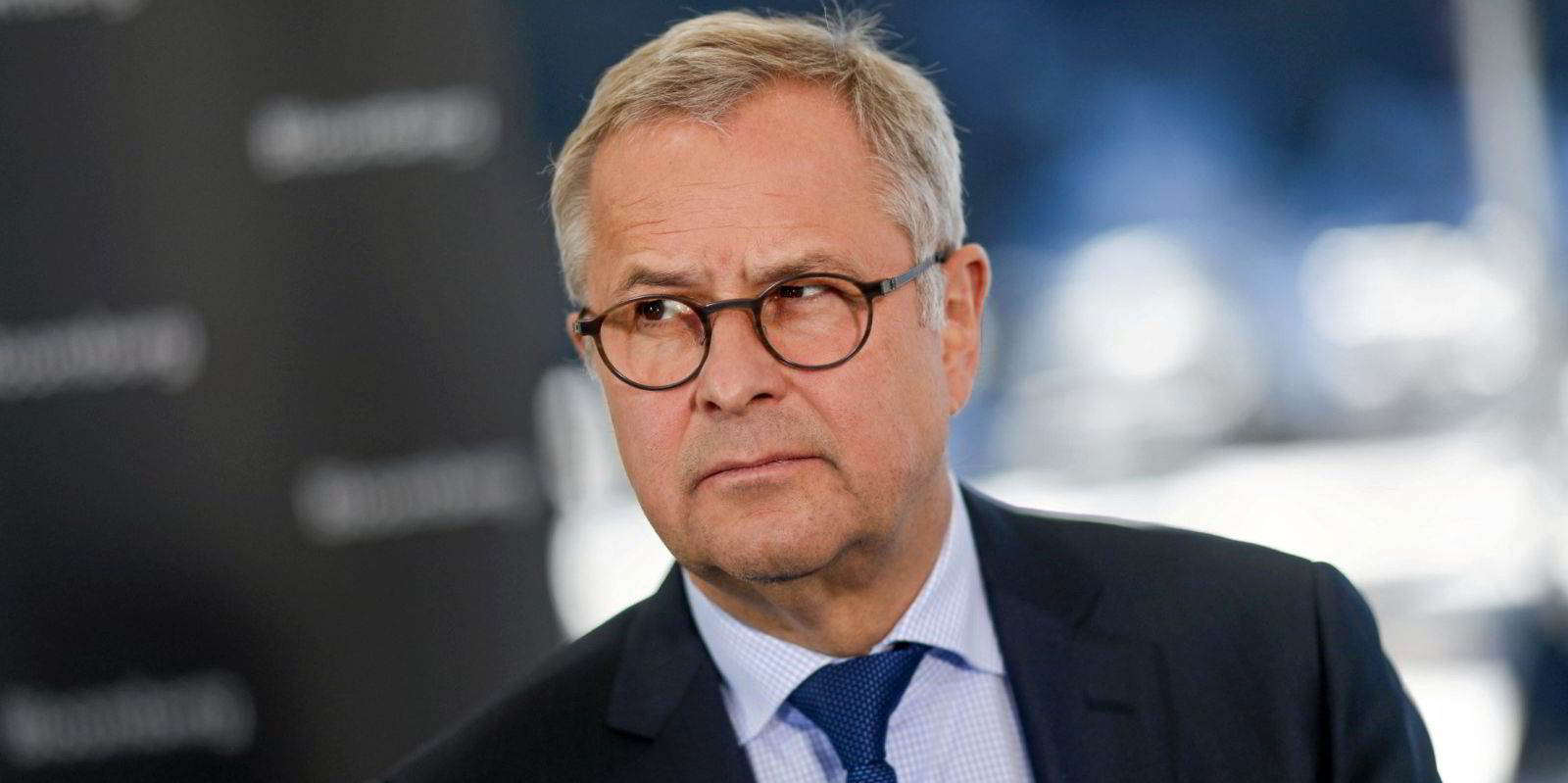Share values of leading European and Asian container liner operators have staged a sharp recovery on the back of profit upgrades.
That has added billions of dollars to the market capitalisation of carriers including Hapag-Lloyd, AP Moller-Maersk and a clutch of Asian carriers.
The two European giants saw their value appreciate by $16bn to $17bn in recent weeks.
Shares in the German liner operator were trading at €346 ($351) on 8 August, more than €104 higher than where they traded in early July.
That added $17.28bn to the market capitalisation of the Frankfurt-listed company, according to companiesmarketcap.com.
Hapag-Lloyd’s $62.1bn valuation means the carrier remains the liner company with the highest market cap, albeit down from a peak of $81bn in May.
However, Maersk is not far behind, with a market capitalisation of $58.1bn.
The share price of the Copenhagen-based carrier rose by 38% over the month to DKK 20,920 ($2,846) on 8 August.
That lifted Maersk’s market cap by $16.16bn over the period — still $10bn down from its June 2021 peak.
The recovery follows a rout that wiped billions of dollars from market values of liner companies in April and May.
Star performer
Several liner operators have shaken off those worries with Asian players in the mix.
The star performer is Orient Overseas Container Line (OOCL), whose market capitalisation has appreciated tenfold over the course of the pandemic.

The stock of its Hong Kong-listed parent OOIL, which is controlled by China’s Cosco Group, has risen 44% this year.
That puts the market capitalisation at $23.42bn, up from $2.49bn in September 2020.
Taiwanese operator Evergreen’s market valuation is 34% down from $17.8bn at the start of the year ($27.1bn), but the stock is still 10 times higher than in early 2020.
More modest gains have been registered by New York Stock Exchange-listed Zim, which has seen its value rise by 17% over a month.
The Israeli company was valued at just under $6bn on 8 August.
In early July, Zim was worth $5.1bn, having lost around half of its $10bn value on 19 March.
The Haifa-based company is poised to report its results next week. The company is heavily exposed to the transpacific trade, where container rates have fallen sharply.
Congestion factor
Spot rates of $6,632 per 40-foot equivalent unit (feu) from Asia to the US West Coast are about half where they stood in May.
But container freight rates have remained surprisingly resilient, with a significant portion of the container shipping fleet still at anchor.
Clarksons Research estimates that port congestion for container ships has reached a new high.
Its container ship port congestion index showed that 38% of capacity was in port in July, which exceeds the previous peak in late October 2021.
The figures show tonnage tightness remains, particularly on the east coast of North America.
There are also concerns about growing port congestion in European ports.
Container ship congestion in north Europe is already at a record level of 1.27m teu, according to Clarksons Research.
That could grow, with a planned eight-day strike by workers in the UK’s largest container port scheduled expected to cause “significant operational delays”, Maersk said in an advisory.
Workers at the Port of Felixstowe voted in favour of strike action starting on 21 August.
There are also tentative signs that the peak season for container shipping is starting to gain momentum.
Global spot freight rates rose last week for the first time in 10 weeks, to $6,206 per 40-ft equivalent unit, according to the FBX Global Container Index.
Rates were lifted by small price rises from Asia to the Mediterranean and from Europe to the US.







